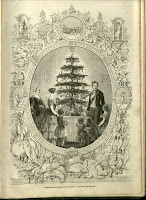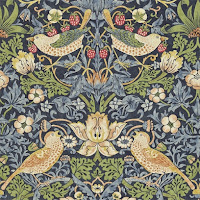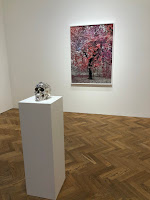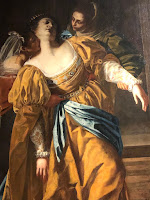Taylor Wessing Photographic Portrait Award 2020

Interesting online exhibition from the National Portrait Gallery for this year’s annual photographic portrait award. The show was laid out in a navigable online version of the usual galleries the exhibition is shown in so you could get an idea of how pictures looked from a distance as well as close up and of their relative sizes. It was fairly easy to move around and benefited from being quite a small show at 54 pictures by 37 artists. There were some lovely classic works including Nikki Toole’s picture of Tilman Ruff AO: Nobel Peace Laureate which had a feeling of a Flemish portrait, with side pose and nice contrast of his red jumper against a dark background. I loved Dirk Rees’s picture of Arek who he found exercising on a beach on Senegal. He catches the sand flecking his skin and a classical head. Many of the pictures had been taken during the Covid pandemic, despite the limitations and the strangeness of life in 2020. Chiaira Gambuto’s picture of her friend Bianca bleaching...





































